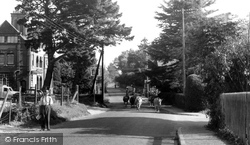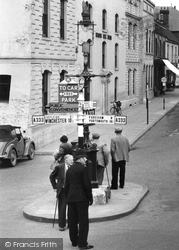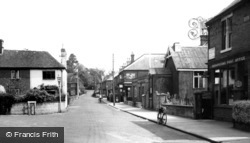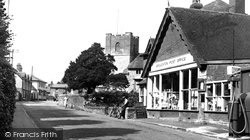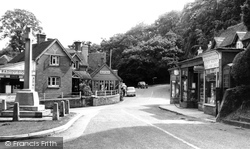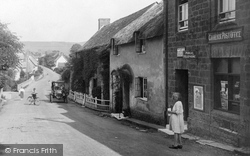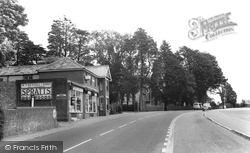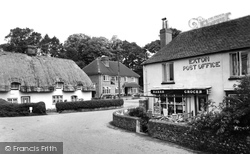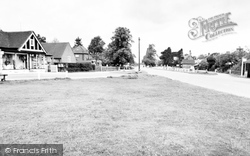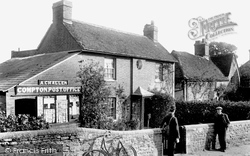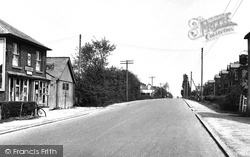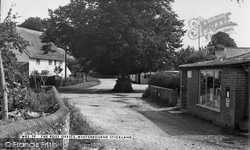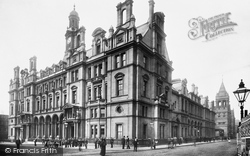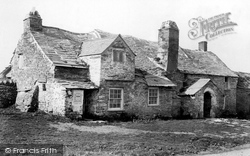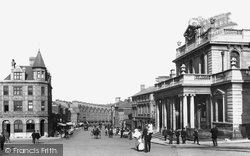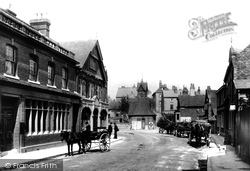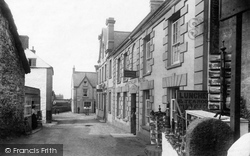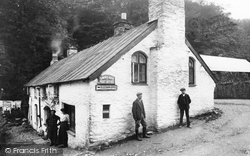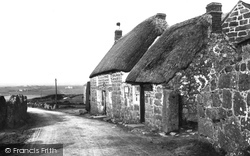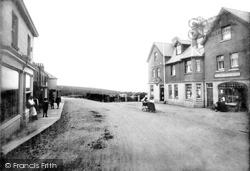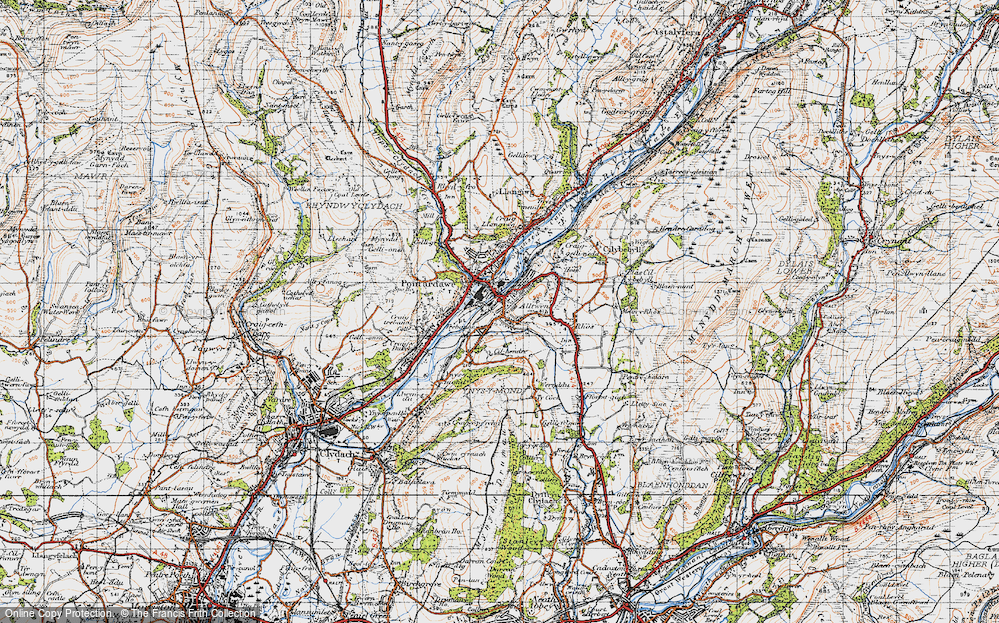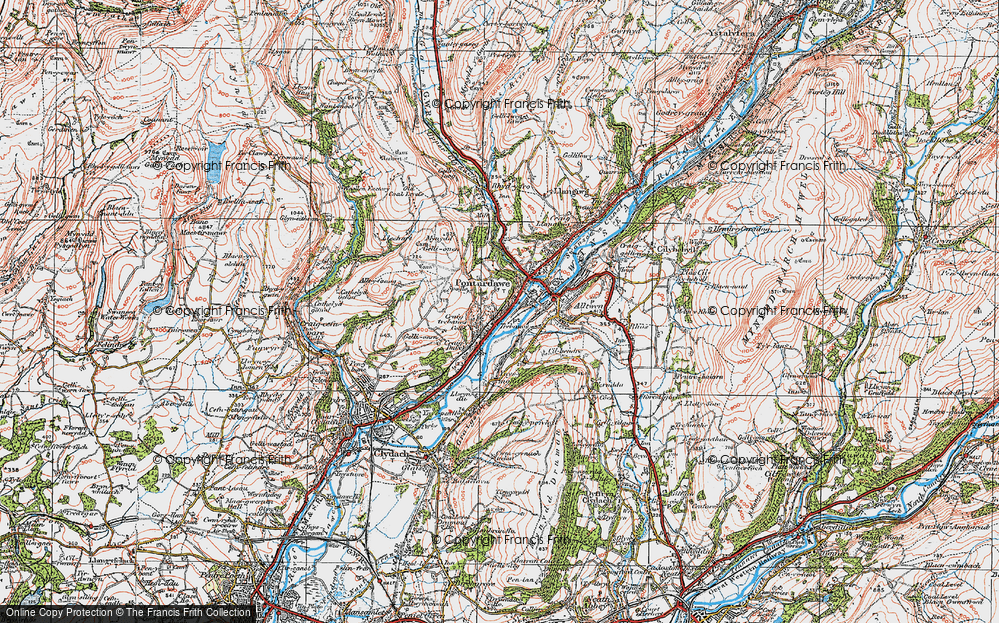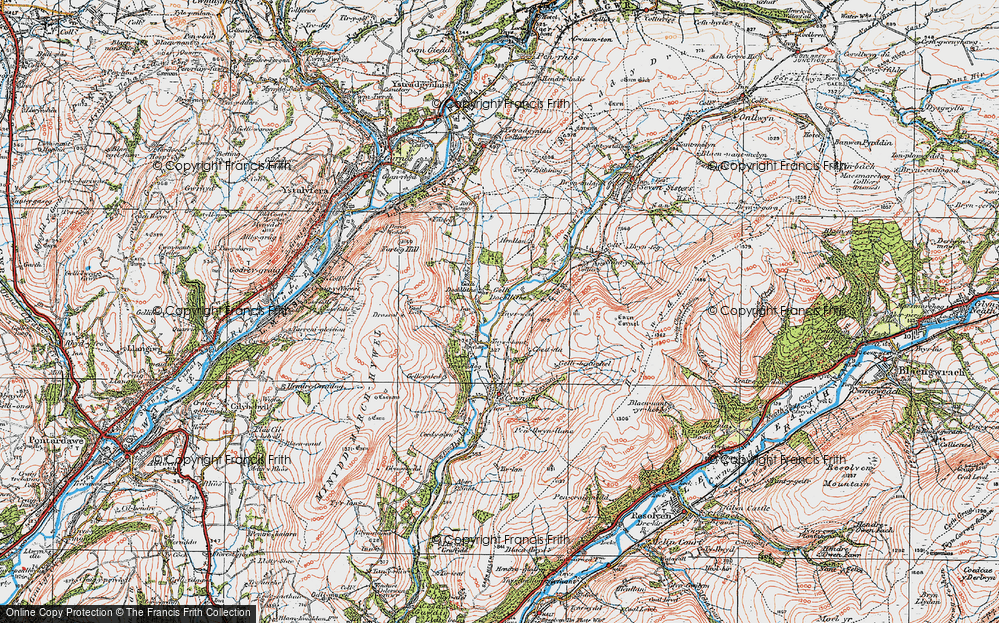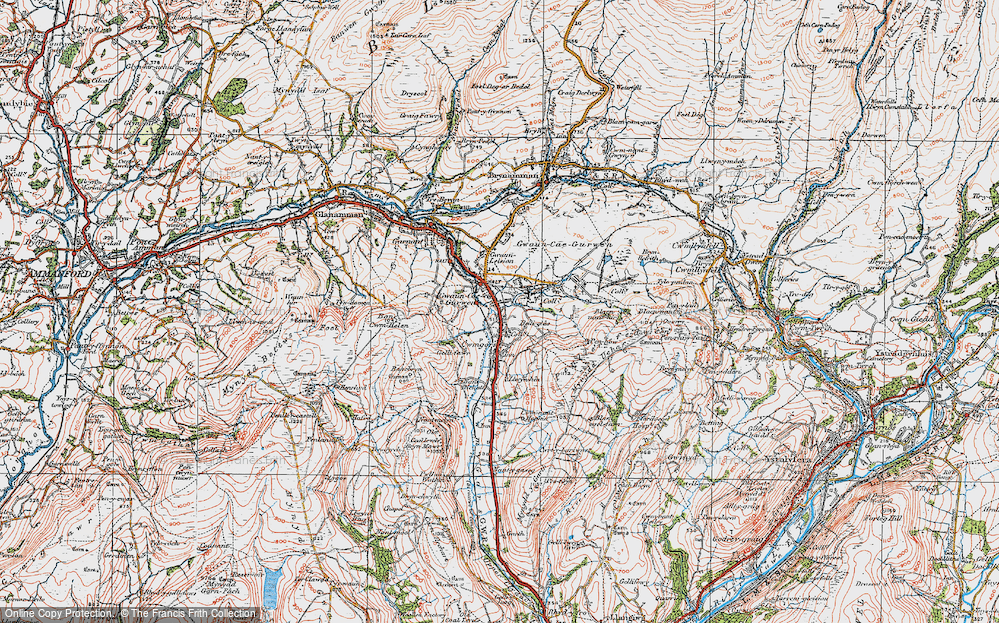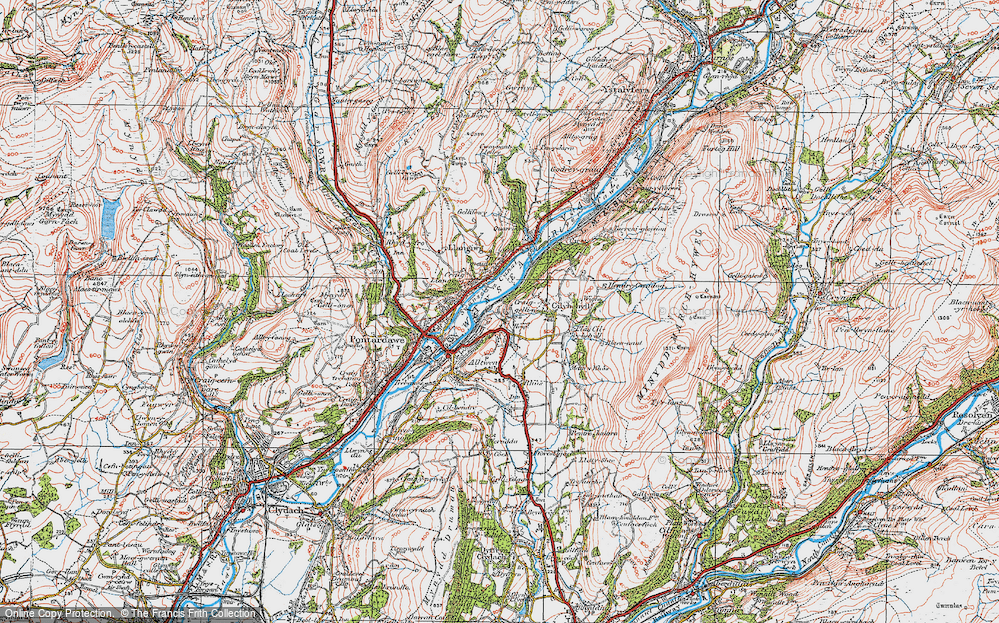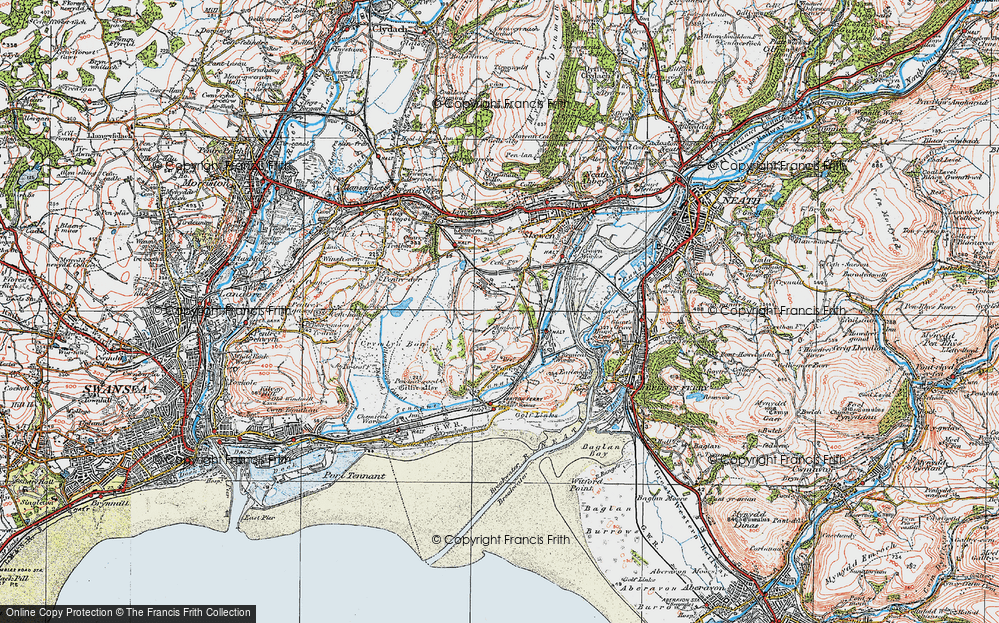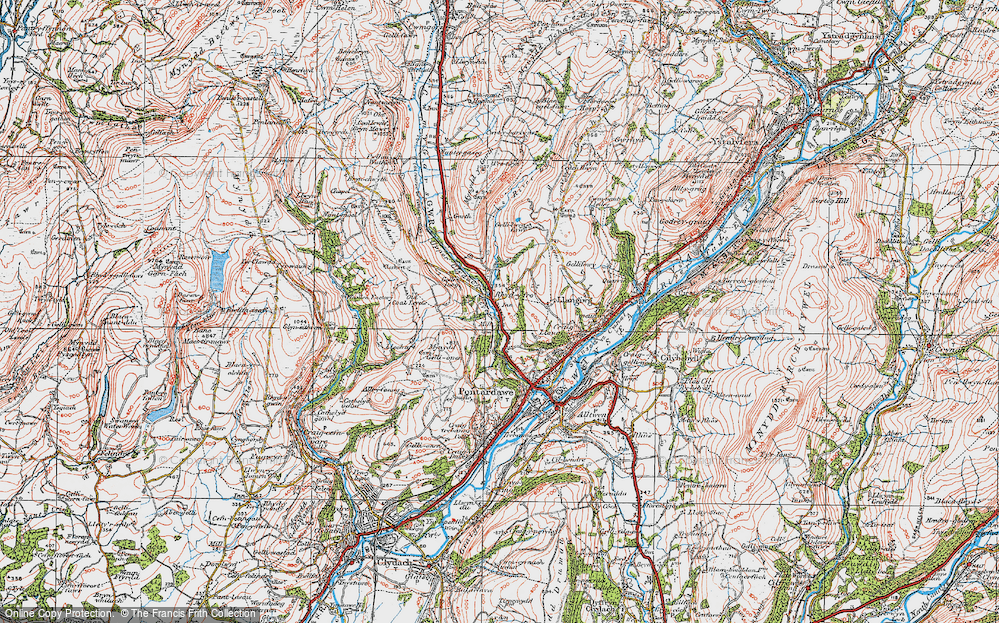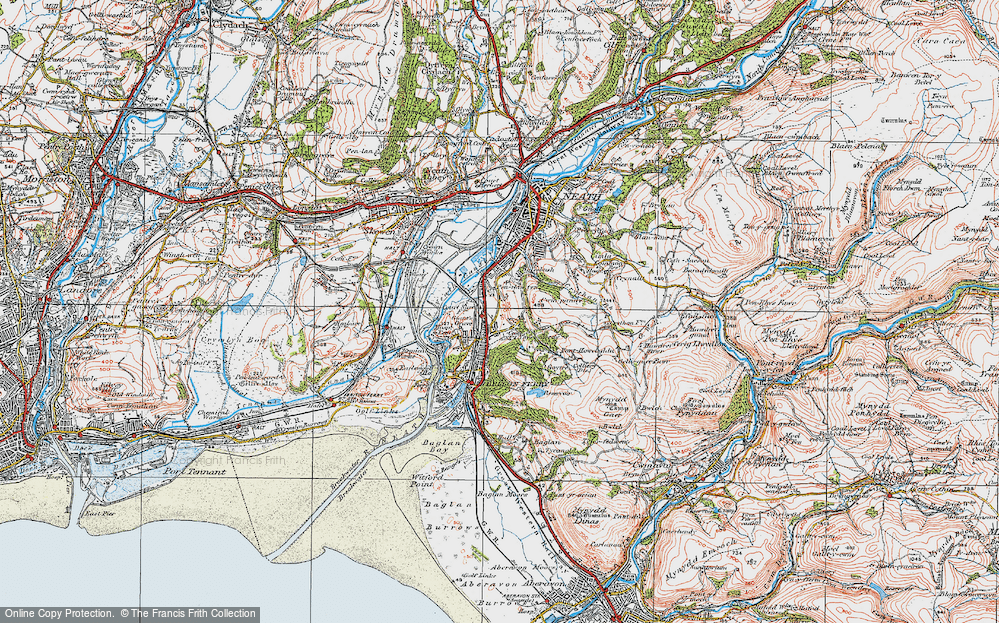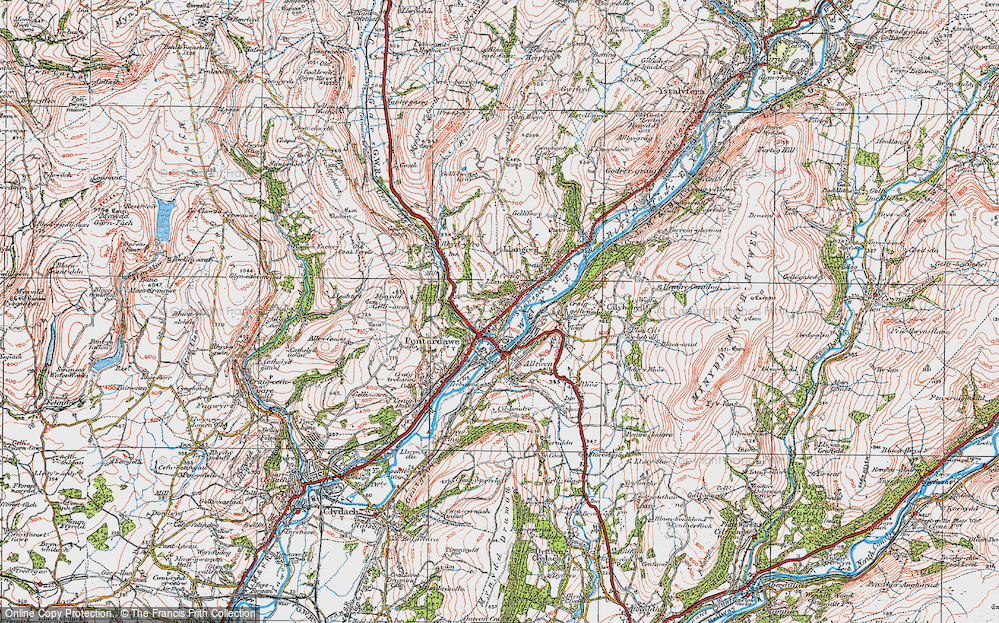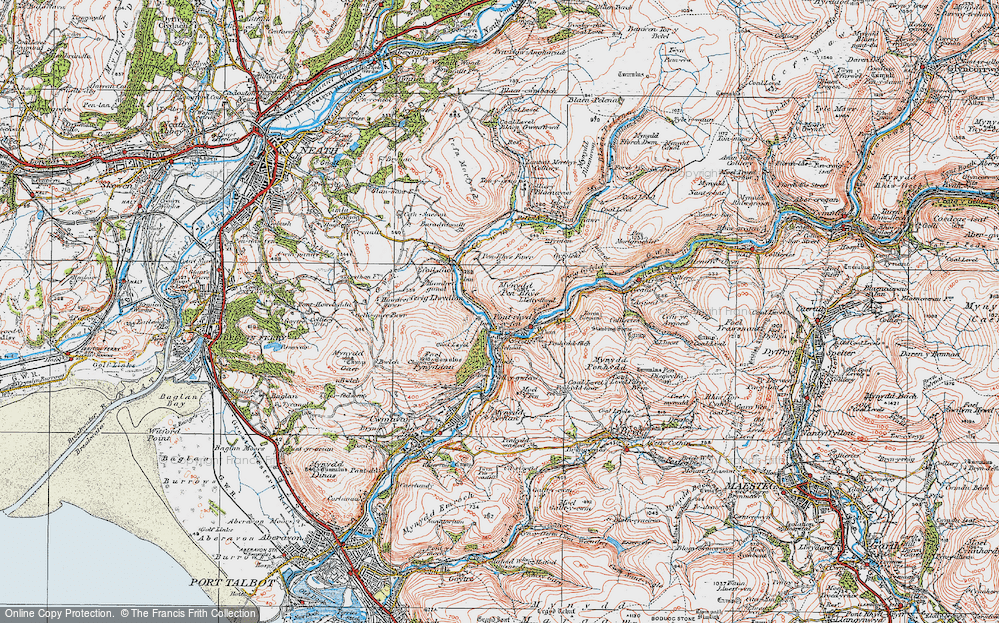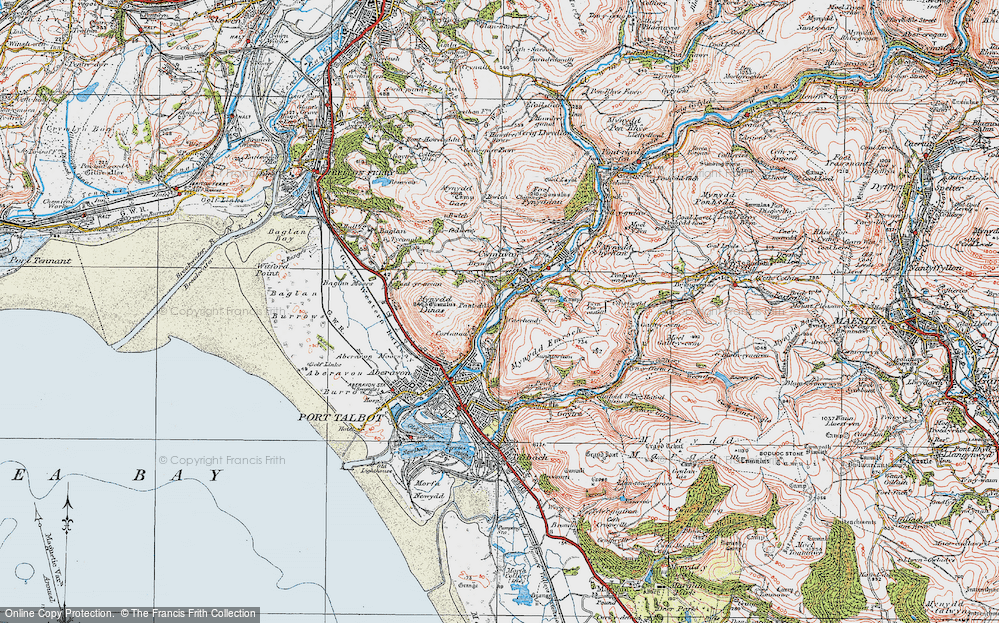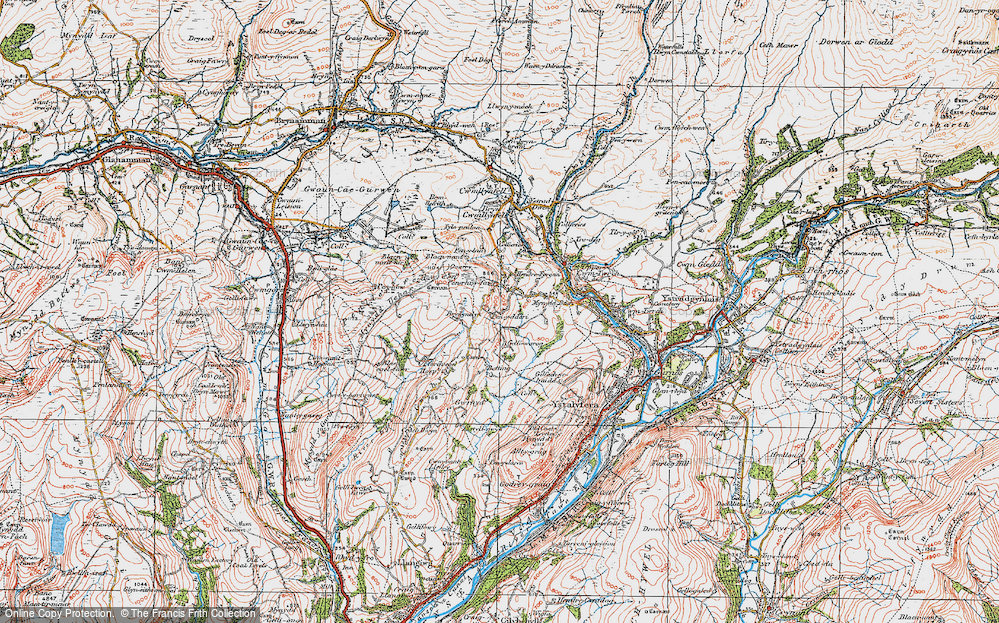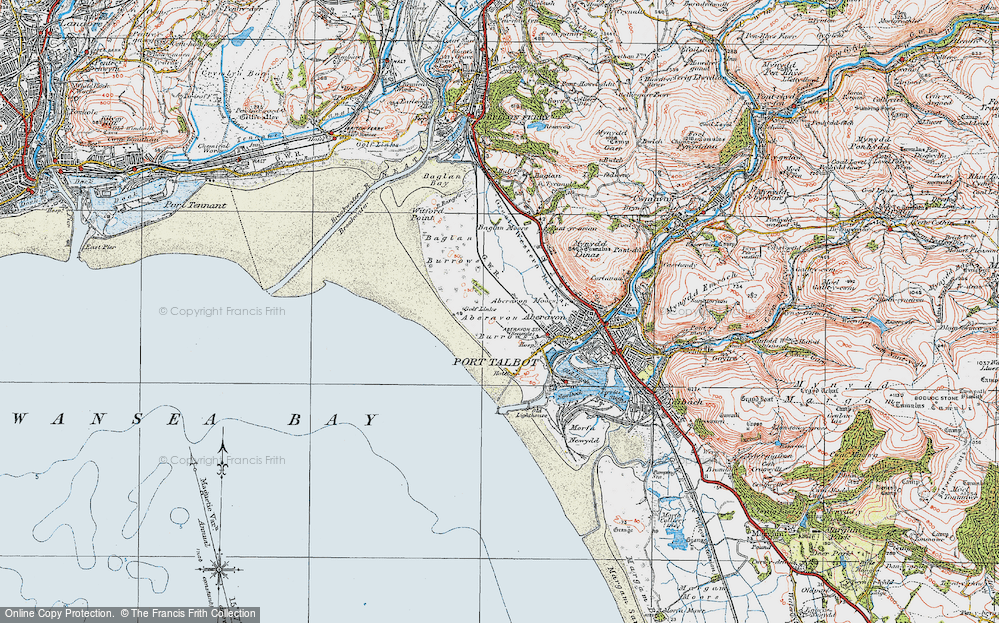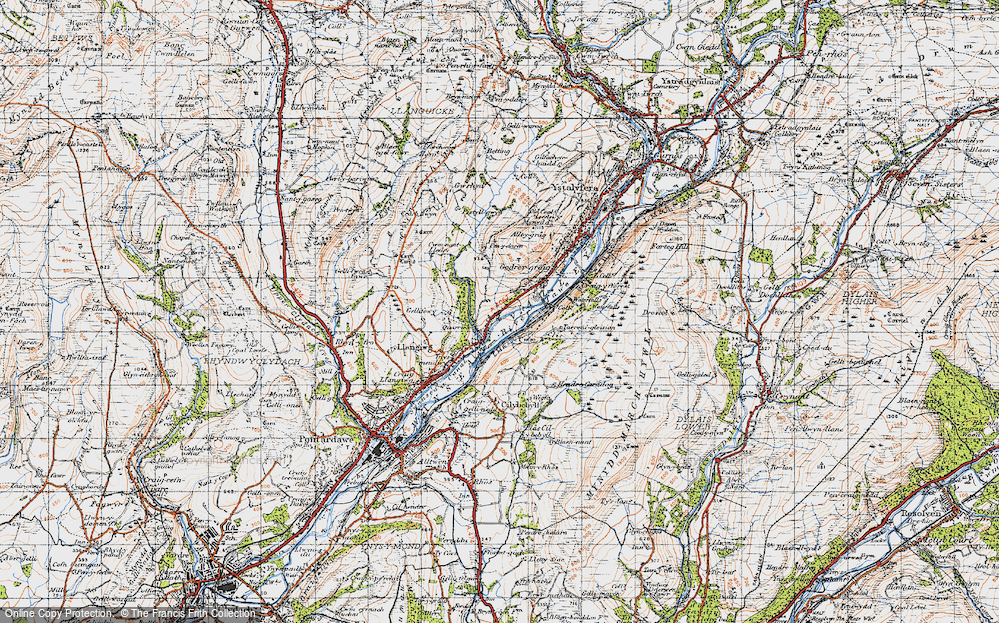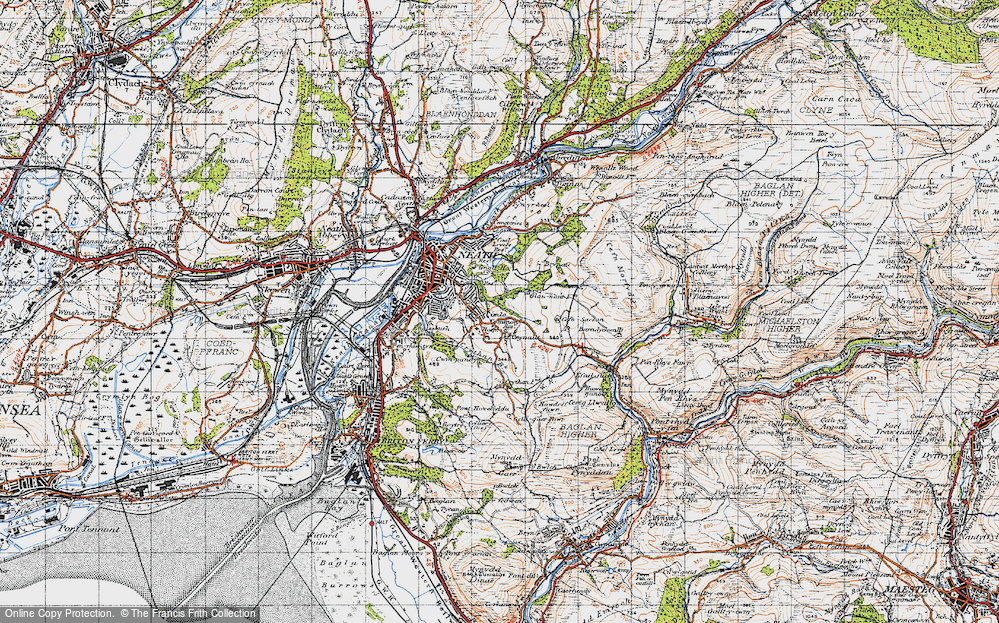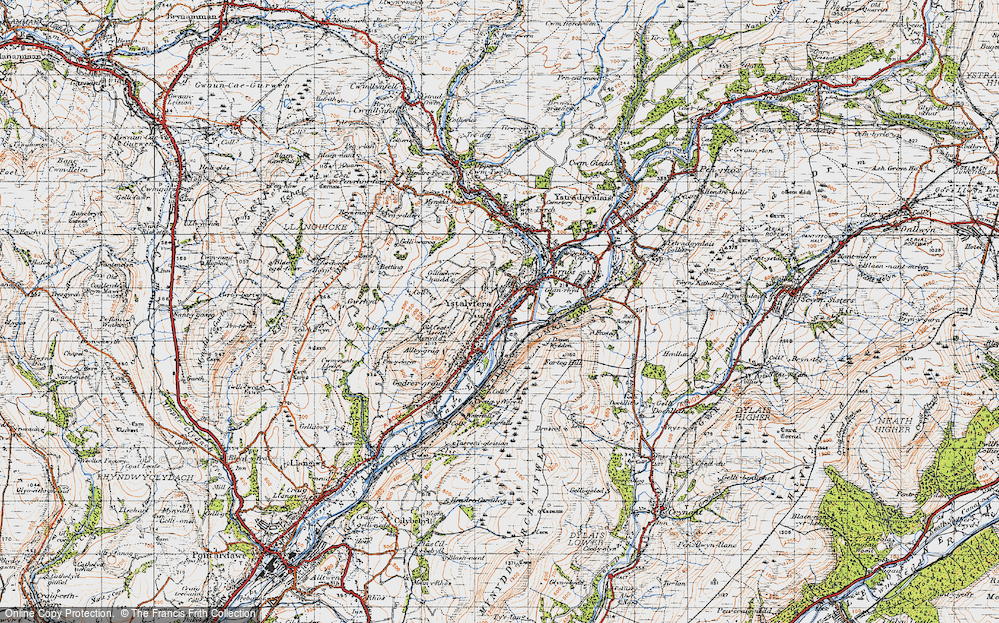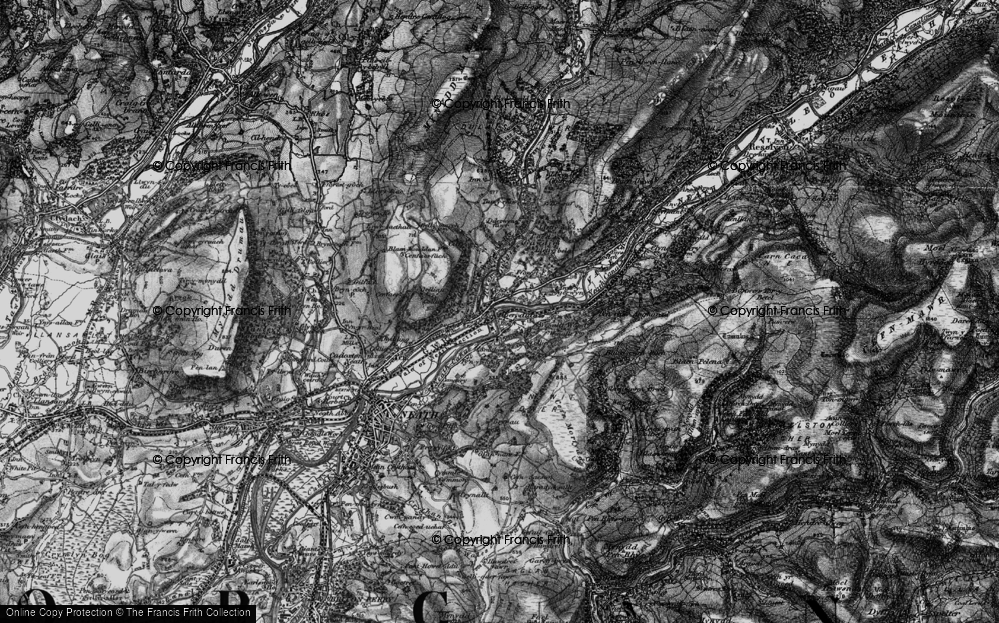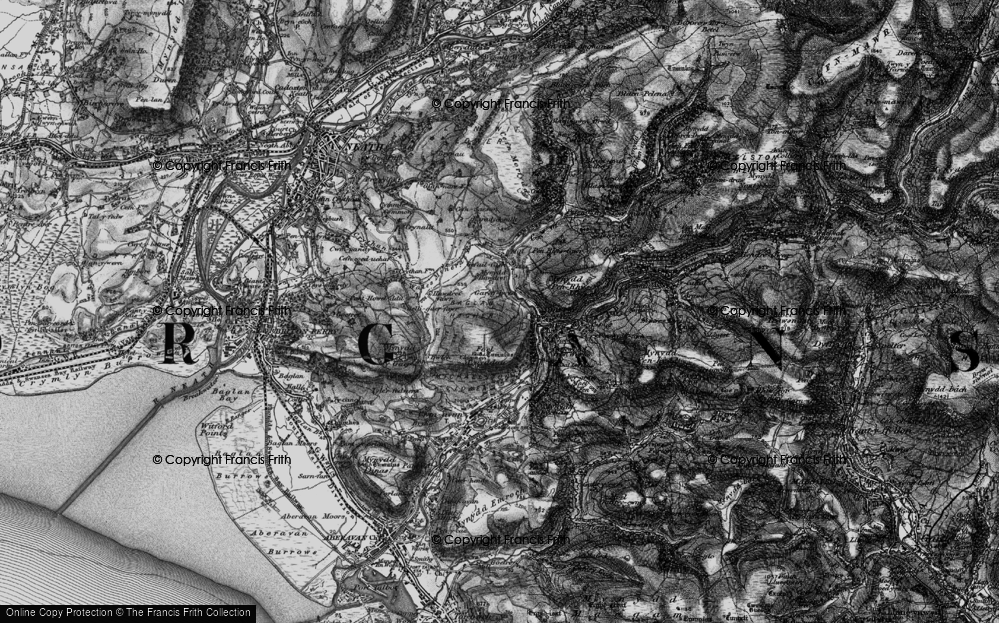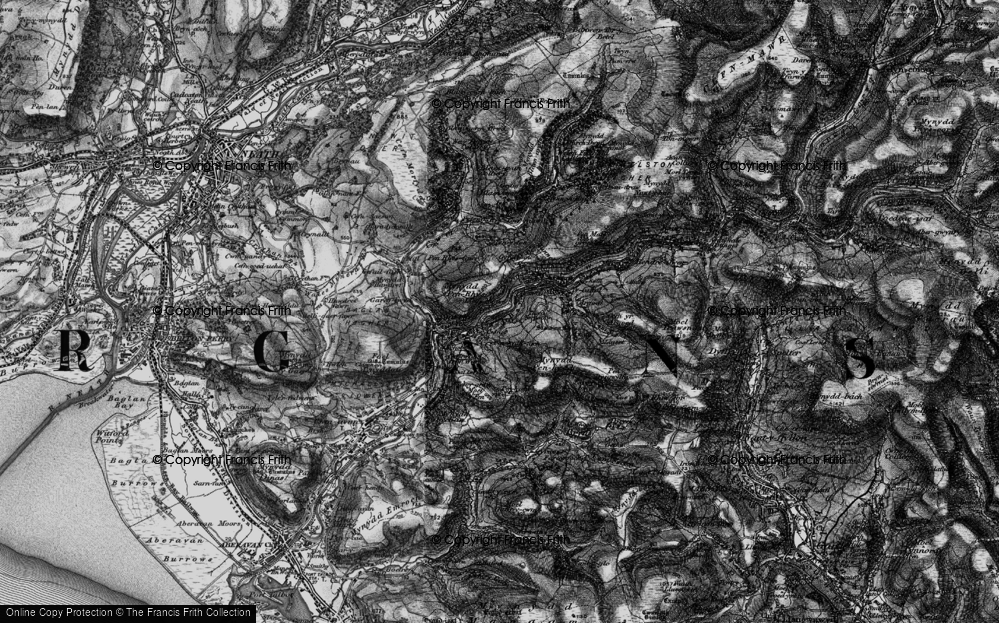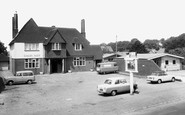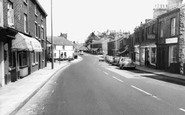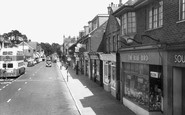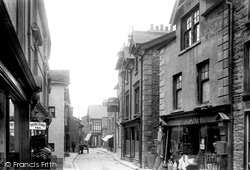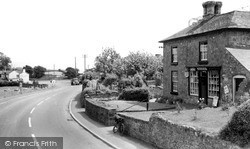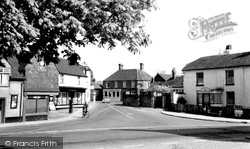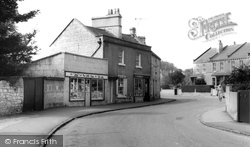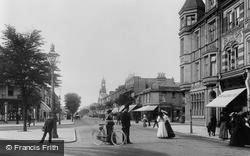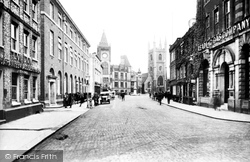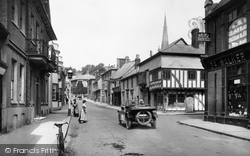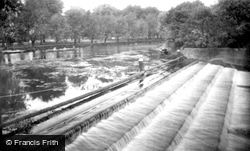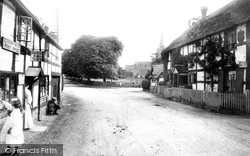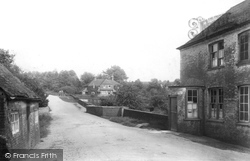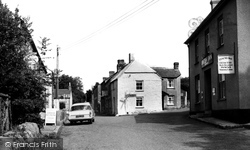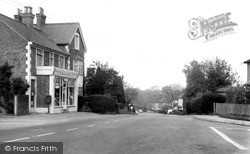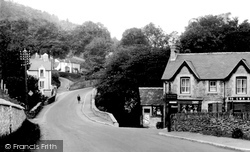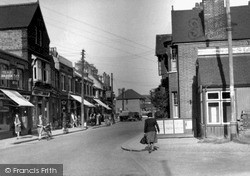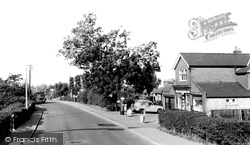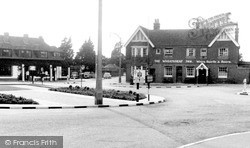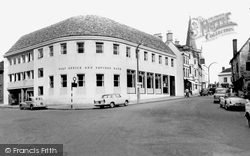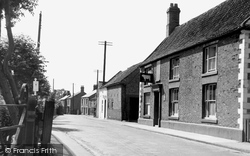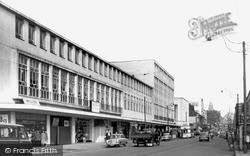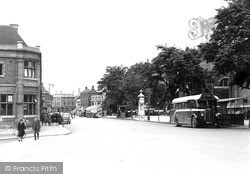Places
9 places found.
Those places high-lighted have photos. All locations may have maps, books and memories.
Photos
2,748 photos found. Showing results 521 to 540.
Maps
776 maps found.
Books
1 books found. Showing results 625 to 1.
Memories
2,735 memories found. Showing results 261 to 270.
Cowplain In The Early 1960's
I lived as a toddler in Kings Road, Cowplain, between 1958 and 1963, in the days when it was a cul-de-sac. These photographs really bring back memories. If I'm not mistaken, the small building on the right of the ...Read more
A memory of Cowplain in 1963 by
Disley Primary School
When I went to the school we had our dinners in a room downstairs and heaven help you if you cheeked the dinner ladies. The Headmaster's son at the time, Michael Roe, did and he got a real telling off and probably the cane ...Read more
A memory of Disley in 1961 by
School Doctor
School doubled as the church on a Sunday and I sat next to the altar rail often gazing at the pedals and knobs and levers of the organ instead of listening. I remember sitting at bench-type tables for lunch, stirring the ...Read more
A memory of Kettleshulme in 1958 by
Stanton
I went to Stanton Infant / Junior school. I remember the bread being baked, Wem brewery delivering to the New Inn, the Old Mill that was destroyed in 1962, for 're-development', a tin shed was erected. The blacksmith shop ...Read more
A memory of Stanton upon Hine Heath by
Marlborough Mop Fair
I have a photograph of a group of children at the Marlborough Mop Fair from the convalescant home, which used to be a home for old homeless gentlemen, then became a hospital for children recovering from various illnesses. I ...Read more
A memory of Marlborough in 1952 by
Priory Road 1962 To 1988
My father, William J Smith (Bill) had a newsagent at 47 Priory Road between 1962 and 1988 which was opposite Ports the Bakers. I remember seeing queues of people coming out of the Bakers on a Saturday morning to get ...Read more
A memory of South Park in 1970 by
Shopping With My Mum In Heathfield...
I remember in the 1960s going to Heathfield with Mum on the bus (we lived at Corner Farm, Swife Lane). We would go shopping and often would go into the Bluebird. Seeing that name in this picture brought ...Read more
A memory of Heathfield in 1965 by
High Street Longton In The 40s And 50s
Barbara Johnson's memories brought back some of my own from the High Street days. Those rows of shops Barbara describes provided all the locals with everything they needed. I remember going over the road from ...Read more
A memory of Longton in 1940 by
Court Crescent Junior School And Wellinger Way
I was born at my Grandmother's home at No: 50 Hand Avenue on the Braunstone Estate. When I was about 3 we moved from Grandma's to our own home at No: 9 Wellinger Way. I went to Queensmead ...Read more
A memory of Braunstone Town by
Balloon Woods Wollatton
Balloon Woods. Most people says it was a hell hole. Yes some parts of it was. But to a child it was good. There were more quite a few blocks. Some had four floors, these were called Tansley Walk, Bealey Walk, Hartington ...Read more
A memory of Wollaton in 1971 by
Captions
1,653 captions found. Showing results 625 to 648.
The Bull Hotel in the centre of the picture is still described as a 'Posting House'.
The post office we see here on the right is now a private house; the door between the windows has been blocked up, leaving an entrance only from the side.
The author Flora Thompson lived here for a time just before the 1930s because her husband worked at the local post office. She wrote part of her book 'Lark Rise to Candleford' here.
The Little Shop was formerly a stationer's, and Sanders, to its right, was the post office.
The post office moved next door to the White Hart from the newsagent across the road in 1945.
Occupying the corner, right of centre, is Thorogood's ('Fancy Pastry Cook') - originally built as the town's first post office in the early 1870s.
The fencing on the left has now been replaced by a wire fence and the sign post, still on its grassy triangle, has been modernised and now includes directions to the M25.
There are a number of old posters sticking to the walls - these days there is a discreet sign which tells us that 'Bill Posting is now Prohibited'.
In 1922 the Post Office built one of its well-designed Neo-Georgian buildings next to the London Guarantee and Accident Company on the left. It is now a Yates Wine Lodge.
hill.Wright's Garage, on the right, emphasises that shortly after the First World War the internal combustion engine had begun to supersede the railways.The half-timbered building is the Cross Keys.The Post
The chains on posts are still here to protect rowers from the hazards of the weir.
Posing for the photographer, or genuinely posting a letter? It is hard to tell, but the beribboned young girl with the ringlets and the delightfully impractical dress is worth a picture.
The post office on the right superseded the toll house on the turnpike (1711). Note the semicircular door made to reflect the similar shape of the toll keeper's office.
The post office stores is partly hidden behind the leaves on the left.
The post office and general stores are still at the same site today at the summit of the hill and near the crossroads (though the proprietors have changed).
This photograph appears to show a quiet village where nothing much happens apart from an amble down to the post office to buy a few stamps.
Basically a grocery shop and off-licence, it also accommodated Wickford's post office around the time of our picture. The in-store café can be seen to the extreme left.
This solidly-built Edwardian shop is still trading as the Post Office, despite some alteration; it stands on the way down to the former station site.
The Wheatsheaf Inn, for many years an important staging post on the Brighton to Hastings route, was rebuilt in 1886.
The water pump has been refurbished and joined by a telephone box, a cast iron sign and lamp posts.
This building, along with Nos 42 and 43, were demolished, and a modern post office was opened on 10 June 1959 by Sir David Eccles, MP for Chippenham.
The White Bull pub (right) is still in existence, but many of the other buildings have gone, and so have the telegraph posts and school sign (left).
Post-war reconstruction and redevelopment of the Moor was just one of many schemes to rebuild the city. As well as on commercial and retail developments, a major effort was made on housing.
During one year there would be other changes; a zebra crossing was later removed, and the older lamp posts with wrought iron branches would be discarded in favour of tall concrete poles.
Places (9)
Photos (2748)
Memories (2735)
Books (1)
Maps (776)


